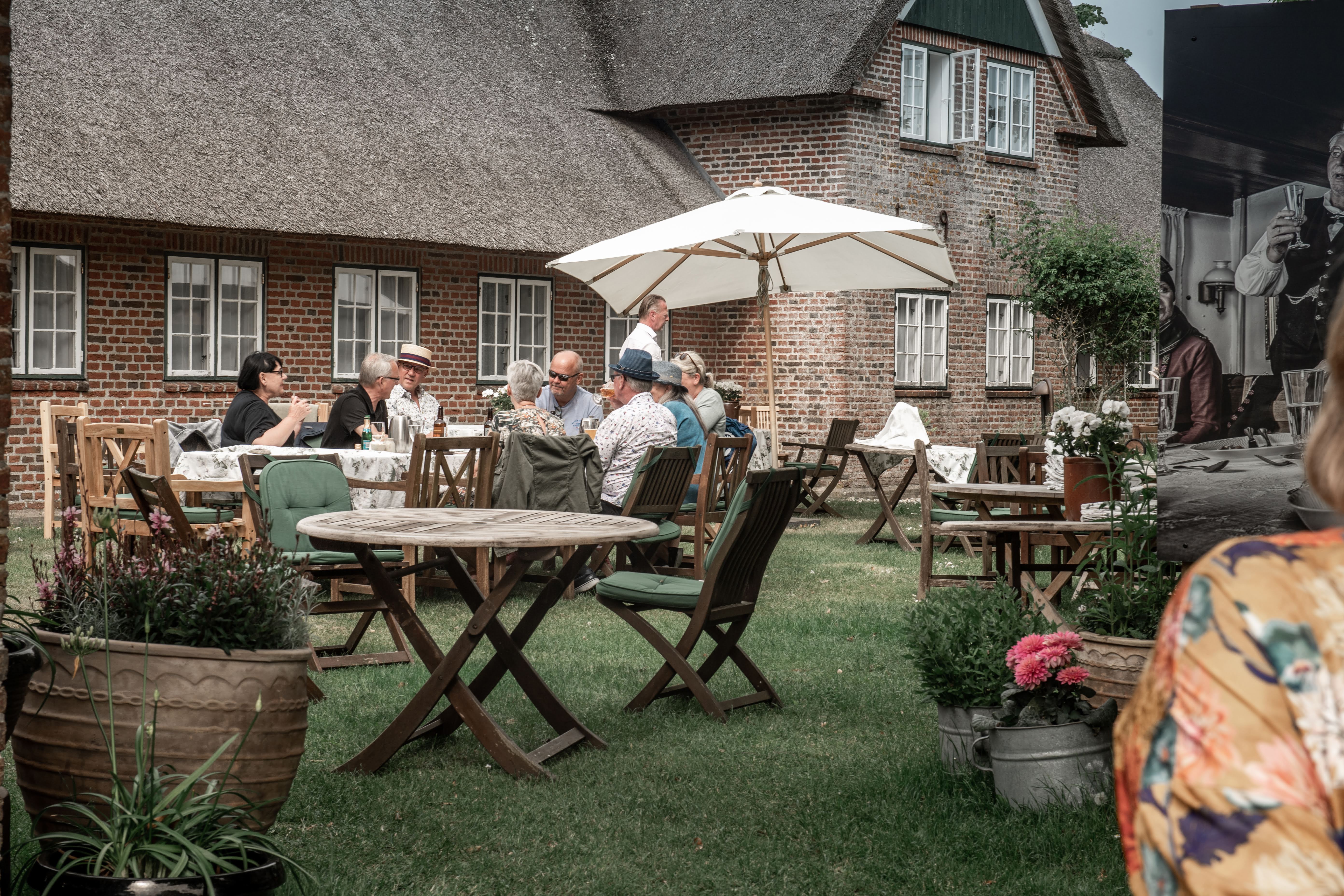Sønderho - Denmark's most beautiful village
A visit to Sønderho is a must when you visit Fanø. It is not without reason it has won the award as Denmark's most beautiful village. As you walk in the small streets, with the pretty old homes, you feel as if you have travelled back in time.
Park the car at the church and spend a couple of hours walking in the small crooked streets, visit the Art Museum, Nana's Stue – a café that has a lovely collection of old Fanø tiles, Hannes Hus, Sønderho Mill and Sønderho Church. The many old, well preserved buildings mainly stem from the 18th and 19th centuries, when Sønderho was the dominant shipping town of the Jutlandic west coast.
The harbour and shipyard area was situated in a small sheltered bay in the north-eastern end of Sønderho. Sønderho Harbor has become a living harbor again after several years of digging a canal. Of course, it is not large ships that can call at the port, but small flat-bottomed vessels, dinghies, kayaks and the like help to create a maritime environment.
Fanø has several museums. Fanø Art Museum is, as the name suggests, an art museum with an emphasis on Fanø artists and artists associated with Fanø.
Sønderho Mølle has been renovated and is open for visits. The same applies to Hannes Hus, Sønderho Fire Museum and the Old Rescue Station.
In the 19th century, sailors brought large quantities of Dutch wall tiles home to Fanø. They were used both for decoration and to reflect the heat from the houses' stoves. In restaurant Nanas Stue there is an exhibition of old tiles
The close connection this church had with the maritime era has left an indelible mark on the building which has more votive ships than any other church in Denmark – 15 in all. The Baroque altar dates from 1717, and the pulpit is from 1661. The gallery with original decoration dates from 1782. This is an assembly hall church which originally seated 800 people. The unique arrangement of the pews and the position of the pulpit makes the church a building well worth visiting
